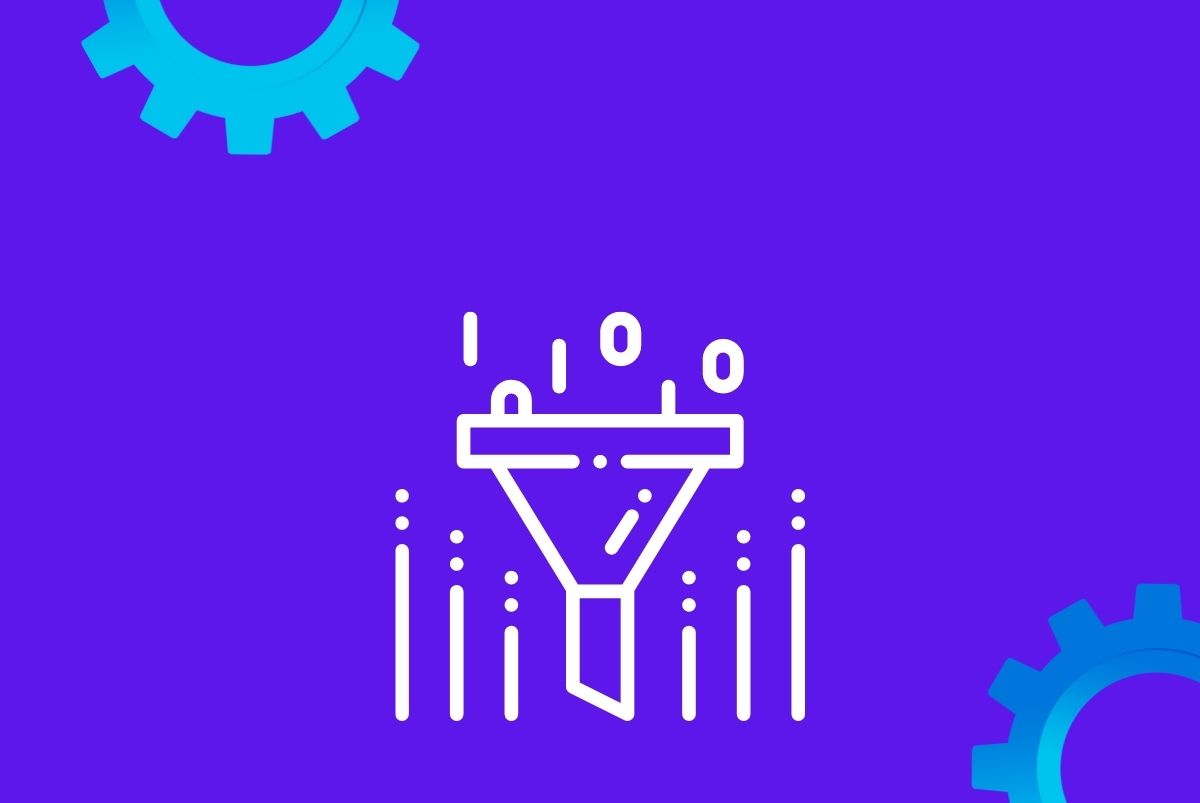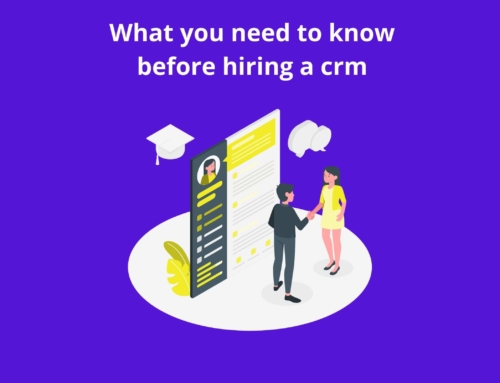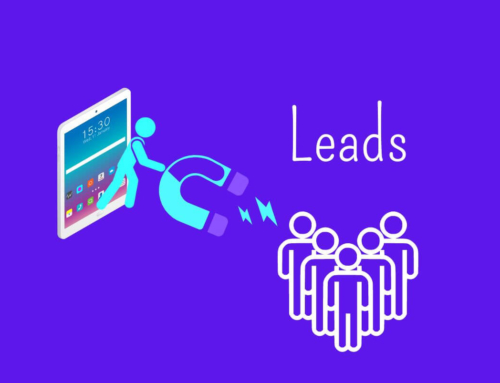What is it?
A sales funnel is characterized as a strategic model that aims from the first contact with the company to the closing of the deal, transforming visitors into long-term customers.
Taking them on a multi-step journey that allows them to acquire the knowledge and confidence they need to buy from your business without restrictions.
Also characterized as a pipeline, this concept is directly linked to the phases of the purchase journey and is formed by several stages that support the process of the personas of each business until the last phase.
The “funnel” metaphor refers to the fact that at the beginning the business will start with an extensive audience of prospects that will eventually dwindle into a smaller highly targeted audience of high value within your business.
How does the sales funnel work?
The sales funnel represents the stages that the customer goes through, from the first contact with the company to the moment of sale.
The sales funnel is usually divided into three stages:
- Awareness
In the awareness stage, your potential customers are called visitors. - Interest
At the interest stage, of leads. - Desire
- Action
In the desire stage, they are potential customers.
And finally, in the action stage, potential customers decide and become customers.
What is it for?
We live in a time when, because of the internet, people are more demanding than ever. Customers want the best products, service and special attention from companies. And the implementation of a sales funnel serves to regulate processes to have the sales cycle run smoothly and effectively, in order to optimize sales so that the company can have more consistent and positive results.
Therefore, it is really important to be able to increase sales, take a step forward and learn about the customer journey. To help you understand the benefits of the sales funnel, I have listed some of the main positives:
- Productivity is gained by knowing how to approach the customer well;
- Predictable results, being possible to know how many people are effectively in each stage of the funnel;
- It is possible to go beyond customer expectations.
Importance
The importance of implementing the funnel is the contribution to improving its predictability of sales, thanks to the predictability of information the company can monitor the numbers of the teams. It also predicts if the goals that the company has set will be achieved and how long it will take to this, in addition to being able to implement changes when necessary.
The implementation of the funnel will make the company better take advantage of opportunities, in order to apply the right strategies; helping salespeople personalize sales pitches in the funnel helps the company track the status of each sale in real time, in an optimized way.
In addition to the company having a great gain provided by a sales funnel, it increases productivity, as it is possible to measure the sales of the team, which helps to know the results of the sellers and the difficulties of each one.
How to divide
The main objective of the sales funnel is to divide the customer journey of a particular product/service into stages.Facilitating communication and relationship between the company and the consumer.
The sales funnel is divided into 3 stages: Base, Middle and End.
At the top of the funnel there are more people, as visitors advance in the funnel, the closer they get to the bottom of the funnel.
The focus of this stage is to promote educational content that increases consumer awareness.
In the middle of the funnel, the consideration of the solution is associated, at this stage the visitor already knows that he has a problem. At this point the person is already looking for ways to solve the problem, it is important to show the person why they have to invest in their solution.
The mission of this strategy is to qualify the client. It means knowing your needs and difficulties. This is where the lead becomes more interested in becoming a consumer of the brand naturally.
At the bottom of the funnel is where the lead decision takes place.
Here it is already allowed to talk about the company without exaggerating. The main objective is to focus on the product or service, this ends up clarifying possible doubts that customers may have.
Finally, at the bottom of the funnel is the stage where the LEDs are already qualified.
Which means they are already educated, and they understand the problem and how the company can help.
In this way, they are ready for more direct sales, service/product indications and problem solving. This is where lead conversion takes place—that is, winning a customer and making a sale.
Top of the Funnel – Learning and Discovery
Middle of the funnel – Problem recognition
Bottom of the Funnel – Purchase Decision
How to build a sales funnel
A good sales funnel is what teaches and guides the lead to the end of the journey, completing the last stage of the funnel.
Below are some essential steps for your sales funnel to reach the target audience for your business.
- Work out at the beginning of planning the ideal persona that the company wants to achieve.
The persona is nothing more than your ideal customer, it serves to present to the digital strategy all the characteristics of your ideal customer for your business.
By creating the persona, it is possible to segment your target audience, in order to attract consumers who are really interested in the products or services that the company provides. - Trace the Purchase Journey
The sales funnel starts with building the buyer’s journey of personas.
Based on the characteristics of customers in past purchases, it is possible to trace the path taken, from the first interaction to the purchase.
In this step, possible leads will be identified and the reasons why they left, in order to identify the best solution to continue on the purchase journey and advance within the funnel. - Choose waypoints and conversion steps
It is necessary not only to define these situation points, but also to answer several questions related to them: Can your lead move to the next stage alone? What stimulus is needed to have a safe transition, qualifying my lead? Here marketing and sales must work together to define.
Sales and marketing need to agree on what factors qualify a lead.
Especially to define when the lead will be ready for a possible intervention by the sales team or not yet. - Automate the process in a sales CRM.
The sales funnel can deliver better results if it is automated as well as other possible processes within digital marketing.
With automation, you can keep track of activities, conversion steps, and lead management.
With predictable planning and the structure of the sales funnel strategy, with its conversion stages, purchase journey and defined personas, CRM can deliver constant results.
It ends up facilitating the management of the entire process.
Automate everything
The company will want 80% of the business to be in automatic control, so then it can focus on the remaining 20% that represented the strategy.
Here are 3 examples of things that could be automated:
- Sales
- E-mail marketing
- sales funnel
Sales funnel and hourglass
The funnel stages no longer account for market and consumer needs. Closing a sale is no longer the last point in the funnel.
The new evolution for the marketing and sales area corresponds to another format for the sales funnel: the hourglass.
Marketing strategies are always in constant evolution, either by research on the subject or by consumer needs. In this sense, several companies are starting to adopt the hourglass funnel — an evolution of the sales funnel.
As the hourglass funnel also incorporates the old funnel, it has all the previous steps. However, it adds two phases after the conversion:
Retention and loyalty. These phases are the continuation of the customer journey.
As this sales funnel concept is new, you may find other designations for these stages, and even different phases.However, the notion is that the customer, after the conversion, continues to supply the brand, that they become loyal and, finally, refer the product to someone else.
Hourglass funnel steps
The hourglass funnel is a continuation of the sales funnel, so it starts from the same steps and increases at least two more steps: retention and loyalty.
Retention
Although the previous steps showed differences in analysis in relation to the funnel that everyone knows, it is now that the hourglass funnel differs.
After all, one of the most common mistakes made by companies is to turn their backs on the customer’s opinion after the sale is made.
In this sense, ways must be created to ensure a more positive life cycle for the customer. Actions such as offering full assistance for implementation and nurturing the customer with post-purchase content are important to reinforce the purchase decision and the sense of loyalty towards them.
Loyalty
In this last phase, the focus becomes the brand advocate. In fact, this type of customer is your most valuable asset – it’s extremely rare. These are users who, in addition to buying products and services, recommend them to people around them, in order to attract new potential customers.
– or because they were encouraged through social networks.






